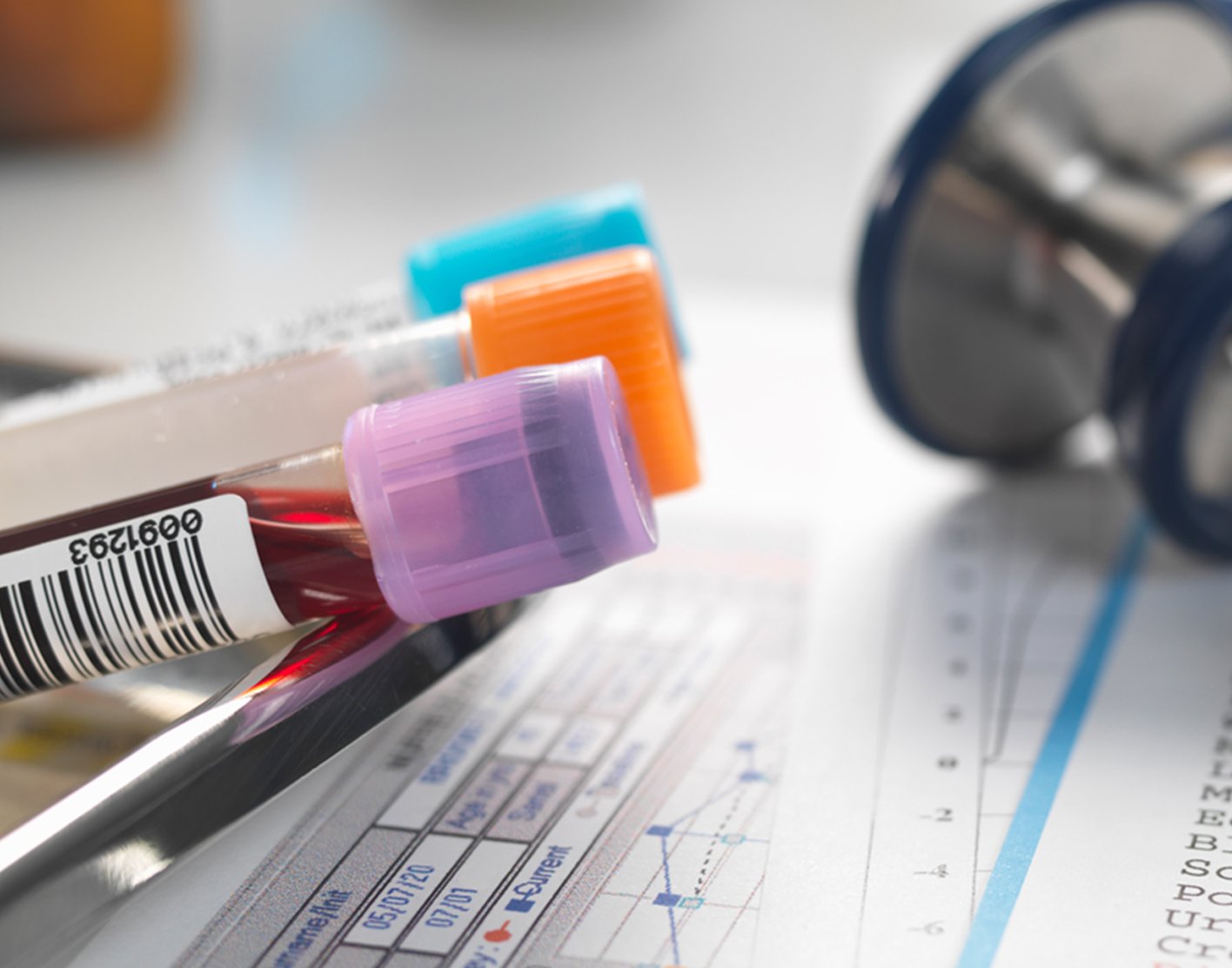
Lactate dehydrogenase test
Definition
Lactate dehydrogenase (LDH) is a protein that helps produce energy in the body. An LDH test measures the amount of LDH in the blood.
Alternative Names
LDH test; Lactic acid dehydrogenase test
How the Test is Performed
A
How to Prepare for the Test
No specific preparation is necessary.
How the Test will Feel
When the needle is inserted to draw blood, some people feel moderate pain. Others feel only a prick or stinging. Afterward, there may be some throbbing or a slight bruise. This soon goes away.
Why the Test is Performed
LDH is most often measured to check for tissue damage. LDH is in many body tissues, especially the heart, liver, kidney, muscles, brain, blood cells, and lungs.
Other conditions for which the test may be done include:
- Low red blood cell count (
anemia ) - Cancer, including blood cancer (
leukemia ) or lymph cancer (lymphoma)
Normal Results
Normal value range is 125 to 220 international units per liter (IU/L).
Normal value ranges may vary slightly among different laboratories. Some labs use different measurements or test different samples. Talk to your provider about the meaning of your specific results.
What Abnormal Results Mean
A higher-than-normal level may indicate:
- Blood flow deficiency (ischemia)
Heart attack Hemolytic anemia Infectious mononucleosis - Leukemia or lymphoma
Liver disease (for example,hepatitis )- Low blood pressure
- Muscle injury
- Muscle weakness and loss of muscle tissue (
muscular dystrophy ) - New abnormal tissue formation (usually cancer)
- Pancreatitis
Stroke - Tissue death
If your LDH level is high, your provider may recommend an
Risks
There is little risk involved with having your blood taken. Veins and arteries vary in size from one person to another and from one side of the body to the other. Taking blood from some people may be more difficult than from others.
Other risks associated with having blood drawn are slight, but may include:
- Excessive bleeding
Fainting or feeling lightheaded- Multiple punctures to locate veins
Hematoma (blood buildup under the skin)- Infection (a slight risk any time the skin is broken)
References
Panteghini M. Serum enzymes. In: Rifai N, Chiu RWK, Young I, Burnham CD, Wittwer CT, eds. Tietz Textbook of Laboratory Medicine. 7th ed. St Louis, MO: Elsevier; 2023:chap 32.
Pincus MR, Carty RP. Clinical enzymology. In: McPherson RA, Pincus MR, eds. Henry's Clinical Diagnosis and Management by Laboratory Methods. 24th ed. Philadelphia, PA: Elsevier; 2022:chap 21.
Review Date: 31/03/2024
The information provided herein should not be used during any medical emergency or for the diagnosis or treatment of any medical condition. A licensed physician should be consulted for diagnosis and treatment of any and all medical conditions. Call 911 for all medical emergencies. Links to other sites are provided for information only -- they do not constitute endorsements of those other sites. Copyright ©2019 A.D.A.M., Inc., as modified by University of California San Francisco. Any duplication or distribution of the information contained herein is strictly prohibited.
Information developed by A.D.A.M., Inc. regarding tests and test results may not directly correspond with information provided by UCSF Health. Please discuss with your doctor any questions or concerns you may have.



























